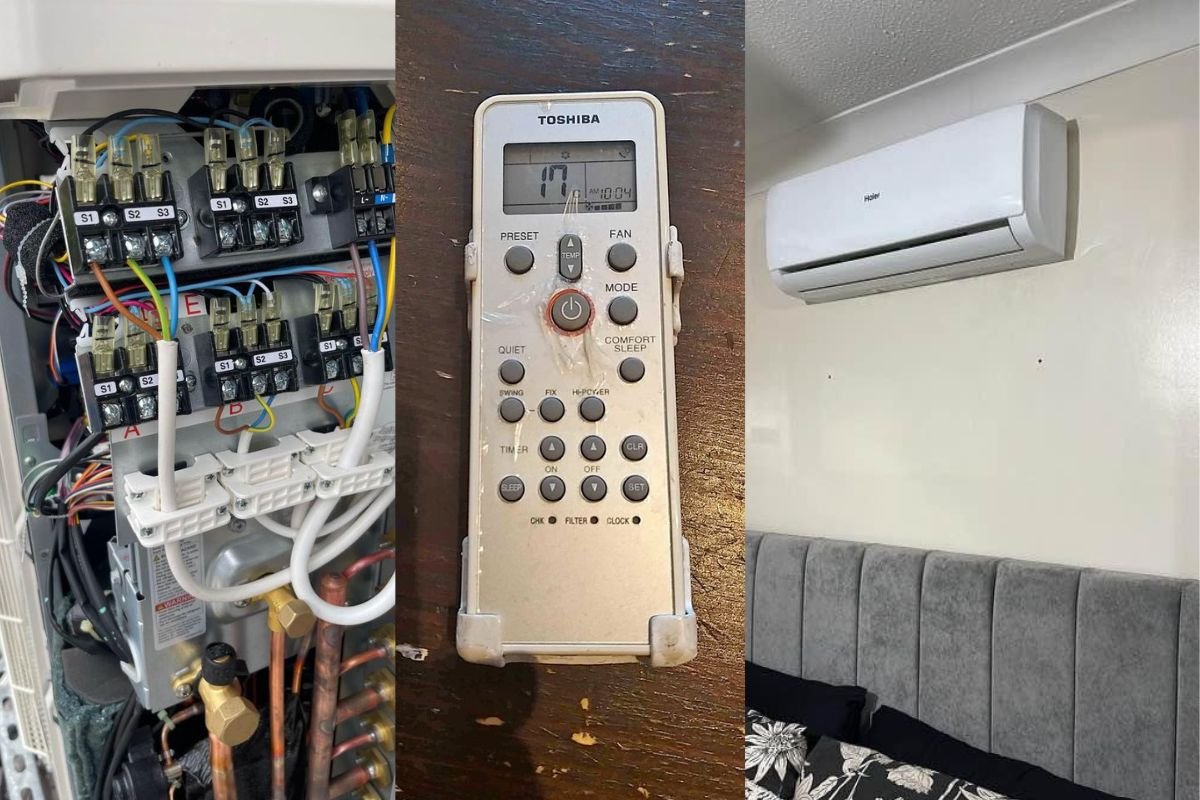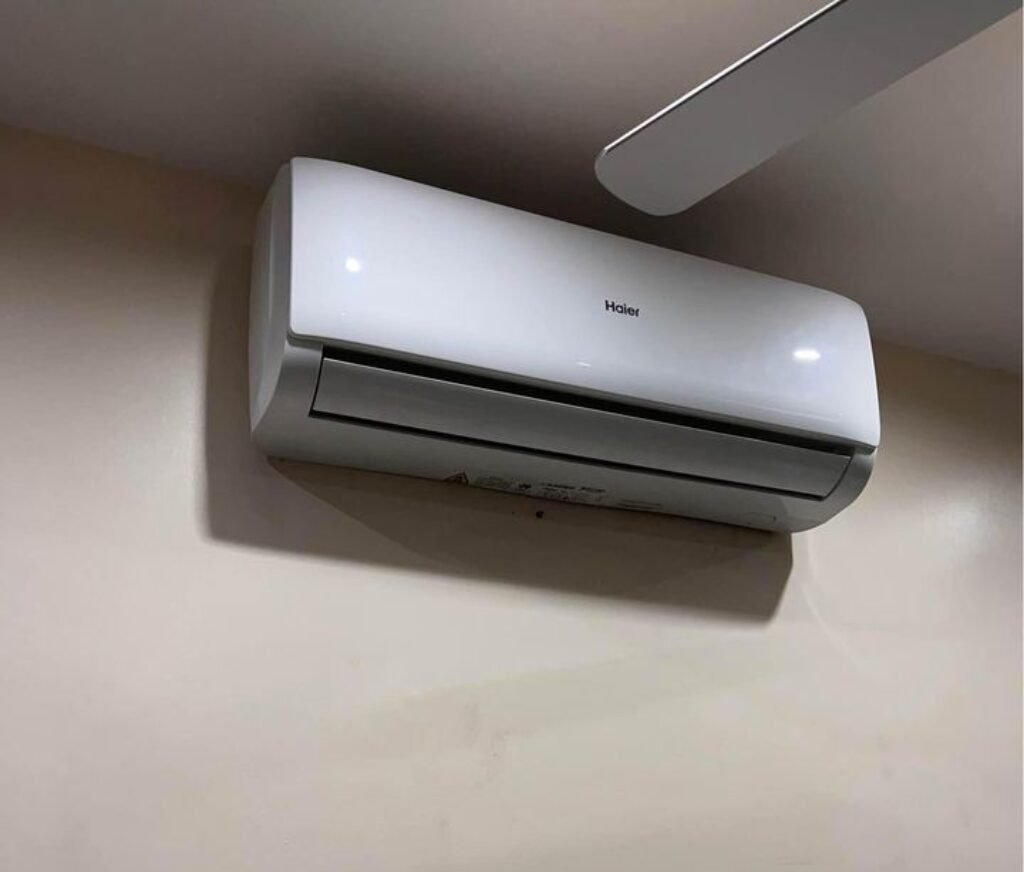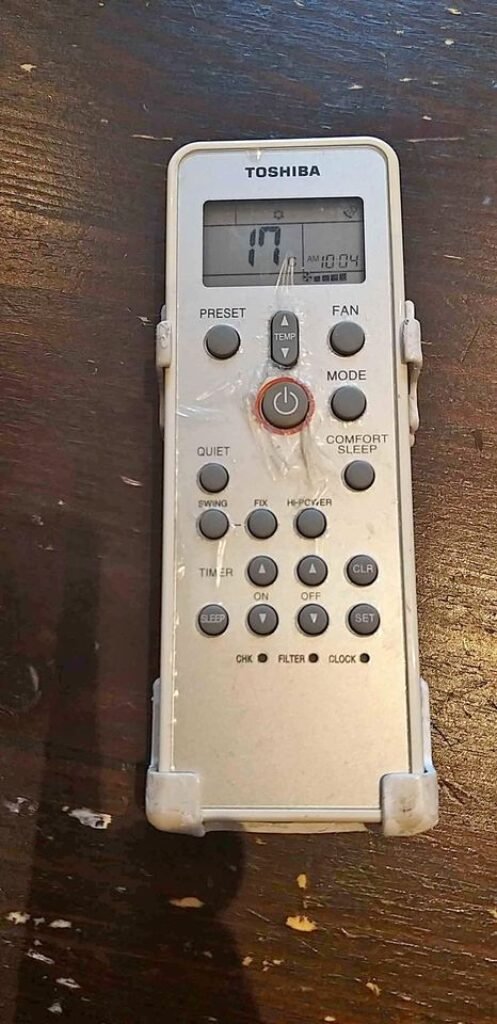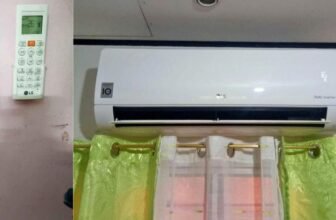
As India enters the summer season, soaring temperatures and high humidity levels push the demand for air conditioning to its peak. Discerning the ideal air conditioning temperature is not only essential for maintaining a comfortable indoor temperature during summer, but it’s also critical for energy efficiency. Many grapple with finding the balance between setting air conditioner temperature for maximum cooling and keeping energy bills in check. This article focus on determining what temperature to set air conditioner in summer, providing valuable air conditioning temperature tips for residents across India.
Key Takeaways
- Identifying the ideal setting for air conditioners to balance comfort with energy saving.
- Understanding how to achieve optimal cooling during India’s intense summer heat.
- Adopting air conditioning strategies that cater to personal comfort and health.
- Insights into energy-efficient temperature settings that contribute to cost reductions.
- Practical advice for adjusting air conditioning use throughout the variety of summer days.
- Recognising the vital role of regular maintenance in the efficiency of air conditioning units.
- Implementing cost-effective measures to keep cool without incurring high energy expenses.
Understanding the Indian Summer and Air Conditioning Needs
The Indian summer is notably rigorous, with ambient temperatures frequently soaring beyond the comfort zone. Amidst this torrid climate, air conditioners are not merely facilitators of comfort but guardians against the relentless heat. However, to strike a harmony between personal comfort and pragmatic energy use, a comprehensive understanding of India’s unique summer conditions is imperative. It influences the optimal air conditioner temperature for summer that balances well-being with conservation.
The contrast between summer and winter in India is stark, necessitating different approaches to indoor climate control. While the winter months might allow for a more lenient thermostat setting, the summer demands a cogent strategy to maintain a comfortable indoor temperature. Yet, setting the AC too low can lead to exorbitant electricity bills and unwarranted energy consumption. Hence, finding the AC temperature for energy saving becomes a critical objective for every household and establishment.
- Consideration of humidity and local weather patterns when setting AC temperatures.
- Evaluation of different rooms’ exposure to sunlight and occupancy to adjust temperatures appropriately.
- Incidence of heatwaves and the need for adaptive temperature settings that ensure health and safety.
Below is a tabulated illustration depicting the recommended temperature for AC in summer against typical summer conditions in various regions across India:
| Region | Peak Summer Temperature (°C) | Optimal AC Temperature (°C) | Energy Saving Potential |
|---|---|---|---|
| Northern Plains | 45-47 | 24-25 | High |
| Western Deserts | 40-42 | 24-26 | Moderate |
| Coastal Areas | 35-38 | 26-28 | Low to Moderate |
| Southern Plateau | 35-37 | 25-27 | Moderate |
| Eastern Hills | 30-32 | 26-27 | Low |
Optimal Air Conditioner Temperature for Summer Comfort
As the Indian summer intensifies, finding the sweet spot for your air conditioner’s temperature settings is crucial to ensure both comfort and efficiency. While the recommended indoor temperature for summer typically ranges between 23°C and 26°C, a myriad of factors such as humidity, personal health, and room characteristics significantly influence individual comfort levels. Adjusting the AC temperature for summer comfort, therefore, becomes a tailored experience, balancing efficiency with personal preference.
Factors Influencing Comfortable Indoor Temperature

Key elements that dictate the optimal AC temperature for cooling include:
- Humidity levels, which can affect the perception of heat and necessitate minor adjustments to the air conditioner’s temperature settings.
- Room insulation quality and the degree of sunlight exposure, both contributing to the warming of indoor spaces.
- The presence of electronic devices and appliances, which often emit heat, further impact room temperature.
Understanding these parameters helps in keeping cool in summer with air conditioning without the need for excessive energy consumption.
Personal Preferences and Health Considerations
When it comes to comfort, one size rarely fits all. Individual preferences for temperature play a significant role, influenced by:
- Age, with older adults and young children often requiring warmer settings for comfort.
- Health conditions, where certain medical issues dictate the need for specific climate control.
- Different activity levels throughout the day, requiring varying temperatures for optimised comfort.
Moreover, the best temperature for sleeping might differ from daytime settings, impacting the rhythm of our sleep cycles.
Energy-Efficient Air Conditioner Temperature Setting
As the mercury rises, so too can the cost of keeping cool. However, a mindful approach to how you set the air conditioning can not only maintain comfort but also significantly save you money. Adjusting your AC’s temperature setting just a few degrees higher can strike the optimal balance between comfort and efficiency.
Reducing Energy Costs with Proper AC Settings
An energy-efficient air conditioner temperature setting is a key strategy for reducing monthly energy bills. By opting for a slightly higher setpoint, you can lower your home’s temperature with energy-saving settings while avoiding the financial heat of steep energy costs. The Department of Energy (DOE) suggests that each degree you go up on your thermostat can trim your cooling costs by a substantial margin.
Impact of Temperature Setting on Energy Efficiency
The importance of optimising your AC setting cannot be understated when it comes to energy use. The correlation between the temperature set on the air conditioner and the resultant energy expenditure is a critical consideration for mindful homeowners. Implementing DOE recommendations for energy efficiency doesn’t mean compromising on the cooling effect one requires during the blistering summer months.
| AC Temperature Setpoint (°C) | Estimated Energy Saving | Comfort Level |
|---|---|---|
| 22 | 0% | Very Comfortable |
| 24 | Up to 10% | Comfortable |
| 26 | Up to 20% | Acceptable |
| 28 | Up to 30% | Warmer but Tolerable |
Best Temperature to Set AC During Hot Weather
When the summer heat in India reaches its zenith, finding the best temperature to set your air conditioner becomes a top priority for comfort and efficiency. Setting the central air conditioning unit to the recommended temperature can provide a reprieve from the heat without resulting in exorbitant energy bills.

An optimal balance that favours both comfort and energy savings is the goal during periods of intense heat. The consensus among experts for the best AC temperature for energy savings while still maintaining a comfortable environment lies within a specific range. To elucidate, let’s examine a table detailing the most effective temperature settings recommended for hot weather conditions.
| Time of Day | Recommended Temperature | Energy Savings Potential |
|---|---|---|
| Daytime (Peak Heat) | 24-25°C | Up to 10% savings |
| Evening to Night | 22-23°C | Up to 5-7% savings |
| When Away | 26-28°C | Up to 10-15% savings |
It’s worth noting that every degree above 22°C can substantially lower your air conditioning costs. Adjusting your AC settings in accordance with these guidelines not only contributes to personal comfort but also reflects a responsible approach to energy consumption during undoubtedly demanding weather conditions.
While the idea of setting the AC to much cooler temperatures might seem tempting when trying to escape the outside heat, adhering to the suggested settings can make a significant difference in achieving best ac temperature for energy savings without sacrificing the solace of a cool indoor retreat.
Setting Air Conditioner Temperature for Maximum Cooling
As the Indian summer intensifies, managing air conditioner settings for summer becomes pivotal in maintaining a home environment that is both comfortable and energy efficient. Optimal adjustment of your air conditioner’s settings is essential to tackle the heat without incurring high electricity costs. Let’s explore how you can calibrate your AC for different periods of the day for maximum effect and why keeping your unit well-maintained is crucial for enduring summer comfort.
Adjusting Settings for Different Times of Day
During the day, when everyone is active and often away from the house, it’s prudent to automatically raise the temperature of the air conditioner by a few degrees. A higher temperature setting will reduce the energy consumption while the home is not in full use. Conversely, as the evening sets in and the family gathers at home, the AC can be set to a cooler, more comfortable level. This strategy not only ensures efficient use of energy but also extends the life of your air conditioning unit by preventing overuse.
- Morning: Set the thermostat to a higher temperature when the ambient temperature is cooler.
- Afternoon: Adjust the AC to maintain a temperature that counters the peak daytime heat without overworking the system.
- Evening: As temperatures drop, allow the AC to ease off slightly by setting it a degree or two higher to maintain comfort.
- Night: Utilise energy-saving modes or higher temperature settings that are conducive to good sleep while being economical.
Importance of Maintenance for Effective Cooling
Regular servicing of your air conditioning system is indispensable in maintaining its efficiency. Neglecting maintenance can result in a compromised performance that can no longer sustain the desired level of comfort or might even lead to increased energy consumption. To ensure your unit is operating at its best:
- Engage in routine cleaning or replacement of filters.
- Check the coolant levels and refill as necessary to avoid inefficiency.
- Inspect the condenser and evaporator coils annually for potential damage or dirt build-up.
- Ensure that the system’s fans and thermostat are functioning correctly.
These proactive steps can significantly aid in managing air conditioner settings for summer and can help achieve a balance between a cool indoor climate and reasonable energy bills.
Adjusting AC Temperature for Summer Comfort
As summer in India reaches its zenith, the art of air conditioning management becomes pivotal to maintain a pleasant ambiance within your abode. To set your air conditioner efficiently, one must consider the delicate balance between keeping cool and avoiding hefty energy bills. This often involves the willingness to incrementally raise the temperature for comfort, ensuring the indoor climate is both refreshing and economically viable.

Expert advice suggests that a gradual adjustment of the temperature on your air conditioner can lead to improved comfort levels, as the body acclimatises to warmer conditions over time. The wisdom lies in establishing a baseline that feels cool enough following outdoor exposure but does not create a shockingly cold environment that prompts the AC to labour excessively.
- Begin with an initial setting that feels slightly cooler than outdoor temperatures.
- Each subsequent day, increase the thermostat by one degree until you discover a comfortable setting that is also energy efficient.
- Take into account the humidity levels, as higher moisture in the air may require lower temperatures for the same comfort.
| Time of Day | Temperature Setting (°C) | Comfort Level |
|---|---|---|
| Morning | 25-26 | Comfortable for Activity |
| Afternoon | 24-25 | Relief from Heat |
| Evening | 25-26 | Cool for Relaxation |
| Night | 26-27 | Ideal for Sleep |
Saving Money While Keeping Cool in Summer with Air Conditioning
As the Indian summer intensifies, utilising air conditioning strategically can lead to both energy bill savings and a comfortable living space. Exploring cost-effective cooling strategies ensures that households can maintain a soothing indoor climate while conservation of funds remains. Let us debunk some myths and establish the best practices for economical use of air conditioners.
Cost-Effective Cooling Strategies
Adopting energy-saving temperature settings is pivotal in optimising the efficiency of your air conditioning unit. A pragmatic approach involves the slight increase of your thermostat by a few degrees. Doing so can reduce your power use significantly whilst still offering respite from the heat. Additionally, integrating ceiling fans can aid in circulating cool air, minimising the necessity for lower thermostat settings.
Myths vs. Facts: Best Practices for AC Use
Many presume that setting the air conditioner to its lowest temperature will cool the room faster. However, air conditioners work most efficiently when set at an energy-saving temperature setting. The ideal temperature for a balance of comfort and efficiency is usually between 24°C and 26°C. Maintaining this range can help in reducing power consumption and thus, save money with air conditioning.
| Myth | Fact | Benefit |
|---|---|---|
| Lower temperatures cool spaces faster | A consistent moderate setting cools effectively over time | Less energy used, prolongs AC life |
| AC units do not need regular maintenance | Regular maintenance ensures optimal efficiency | Prevents costly repairs, maximises functionality |
| Off-brand AC units significantly save upfront cost | More established brands offer better long-term value and efficiency | Reliability and warranty support lead to future savings |
By utilising these strategies, not only can individuals enjoy a cooler environment but can also engage in cost-effective air conditioner use. With well-informed choices and adhering to air conditioner efficiency tips, residents in India can traverse the summer months with ease and frugality.






